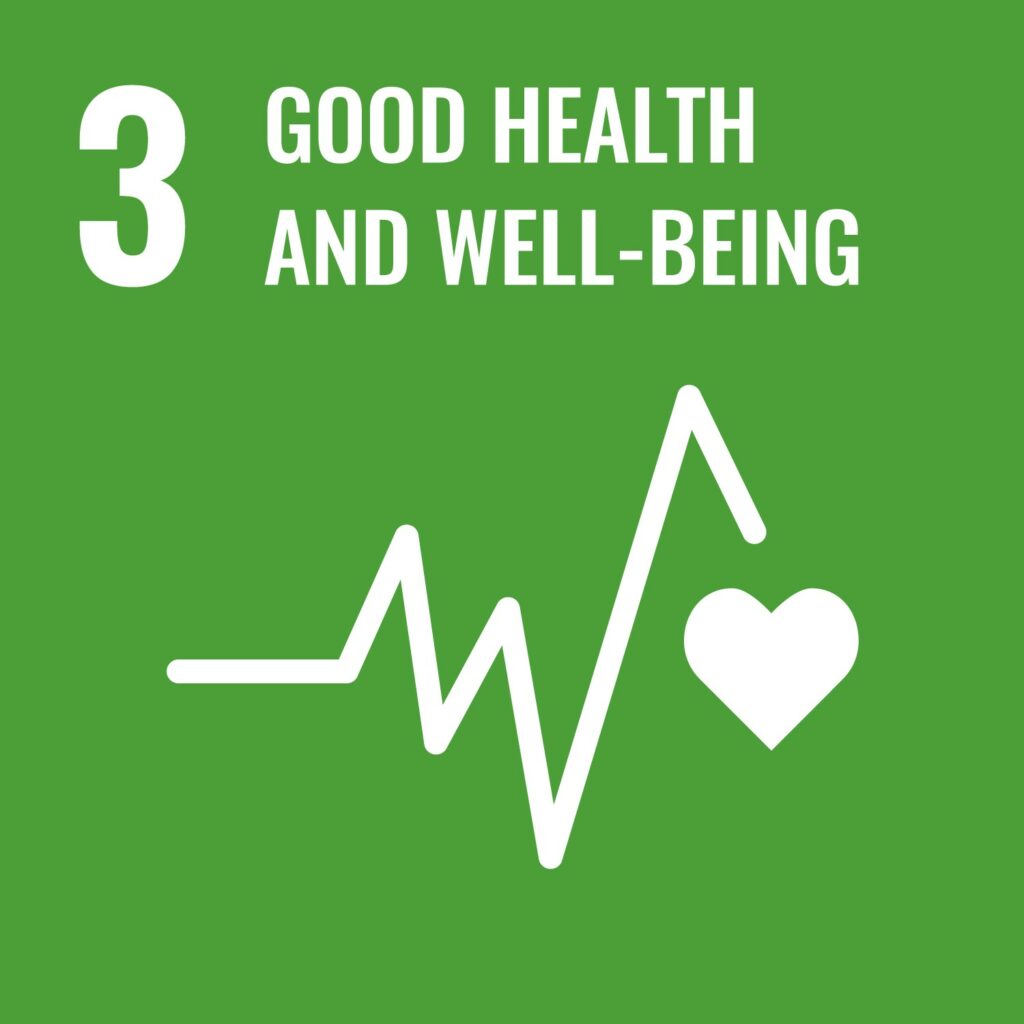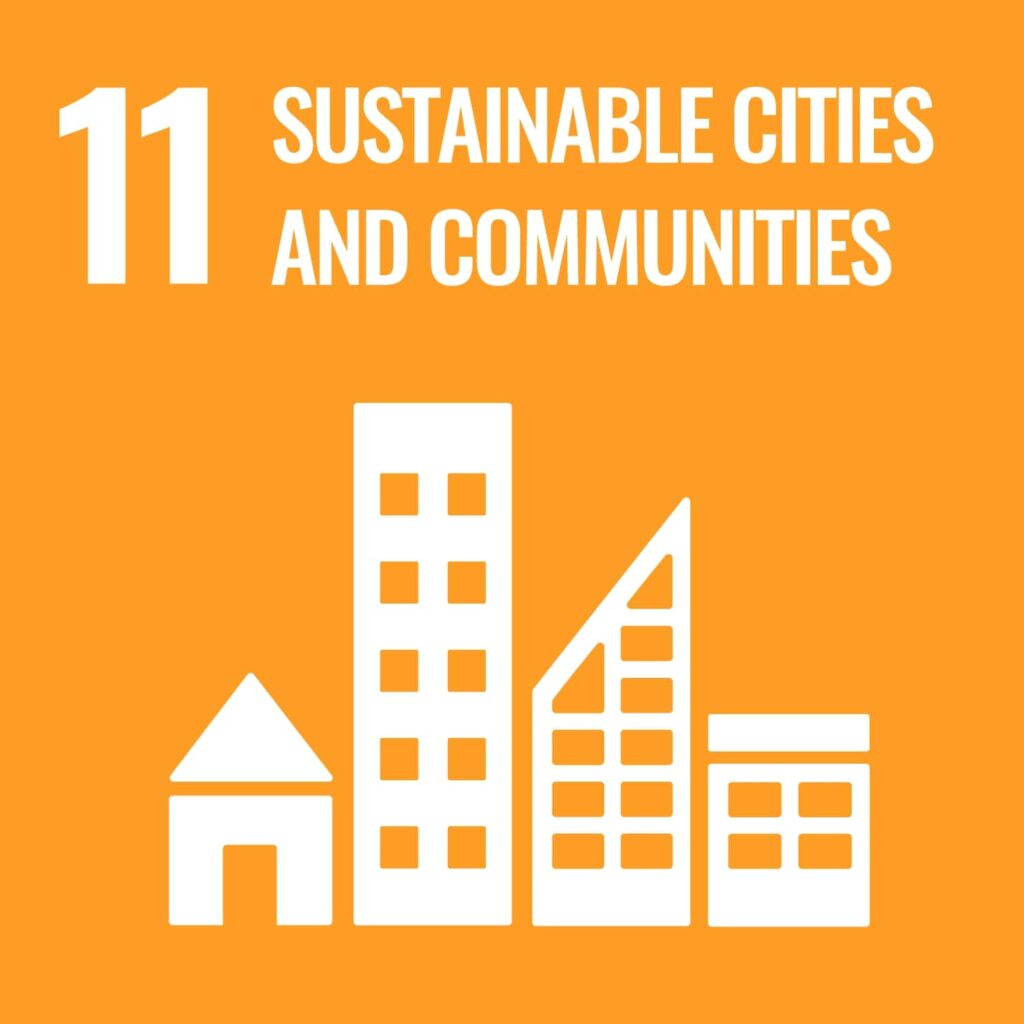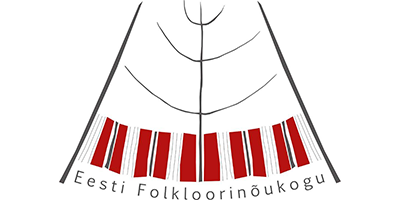
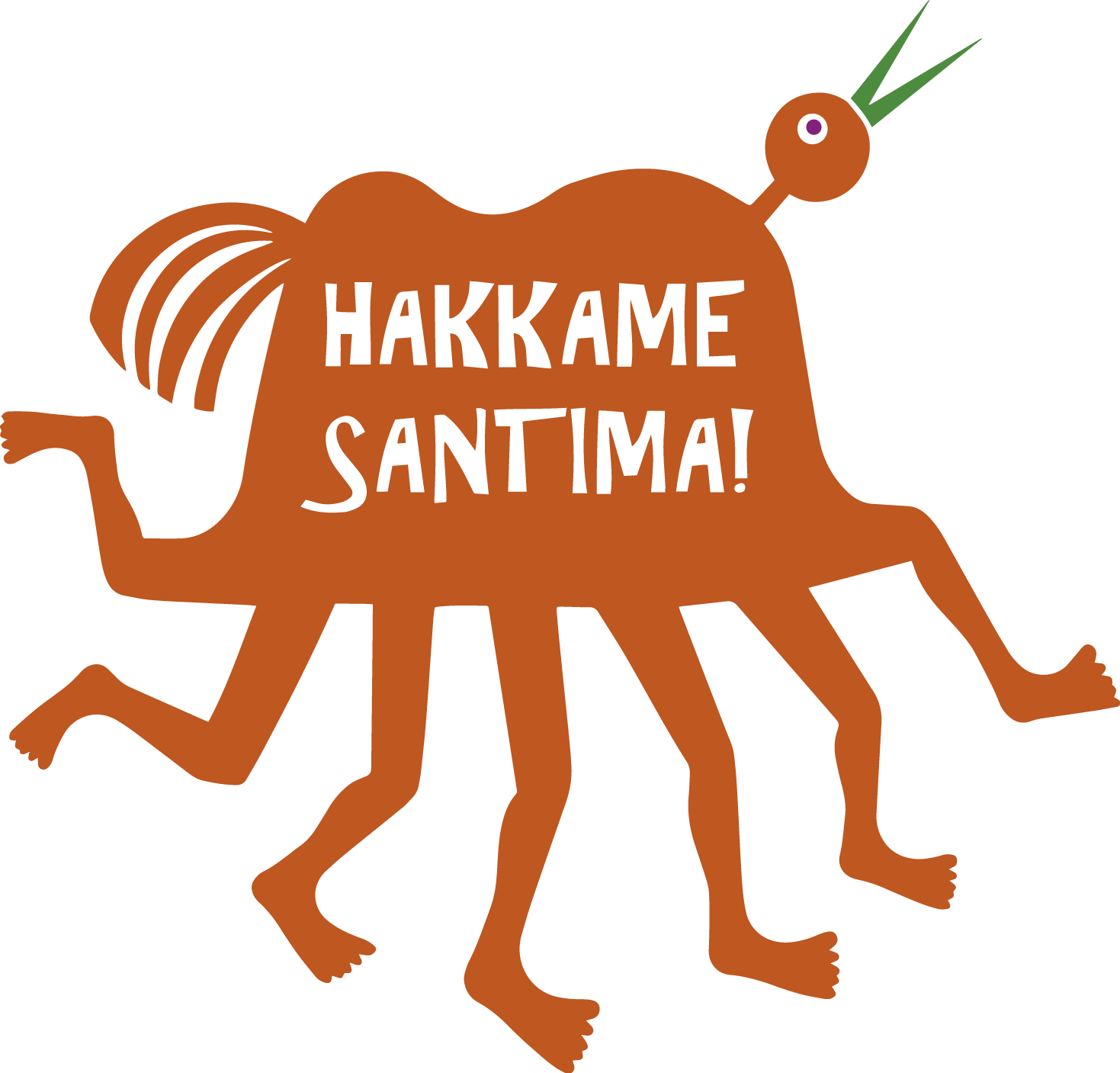
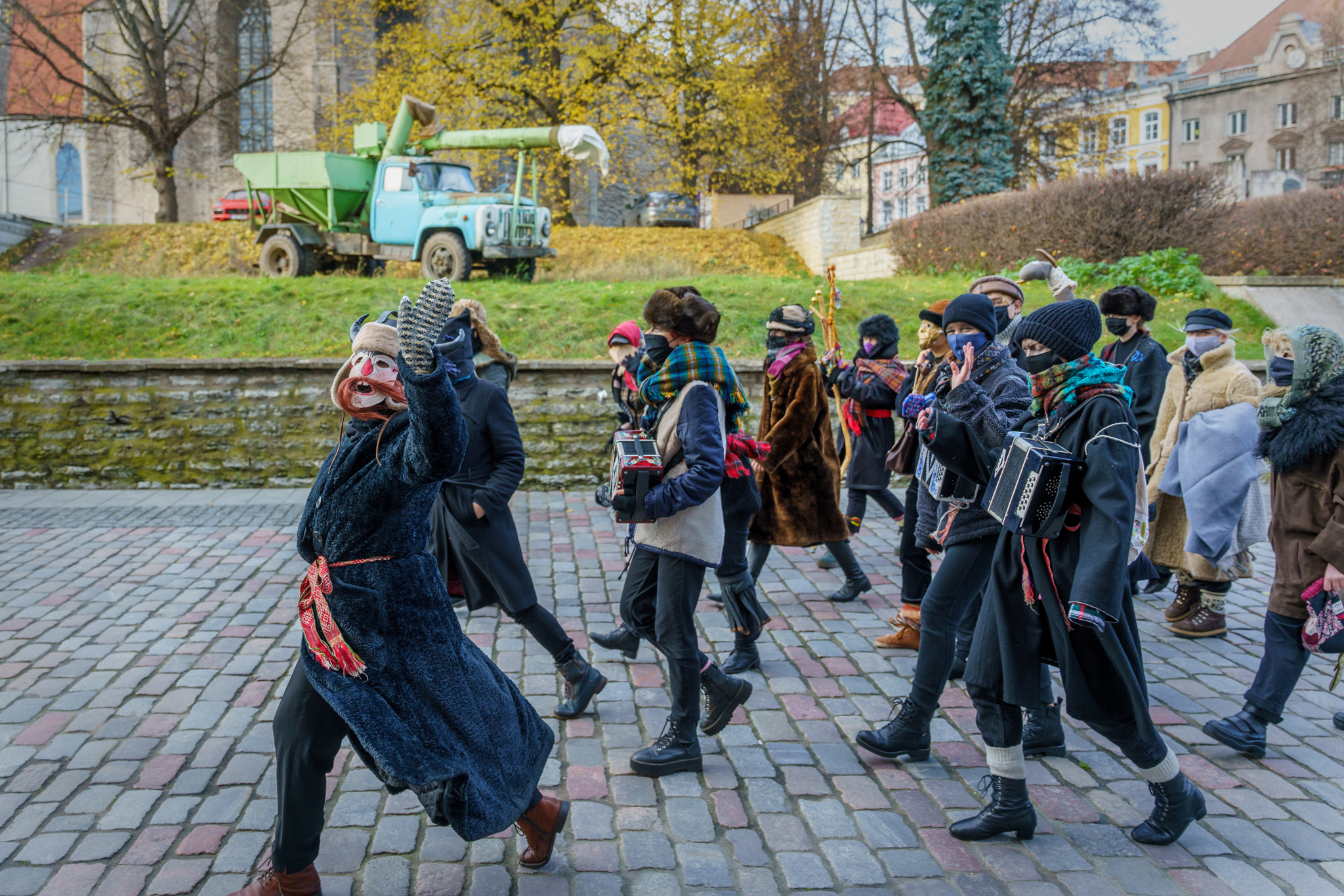
The initiative “Let’s Get Mumming!” (”Hakkame Santima!”) was created in 2018 with the aim to raise awareness about Estonian mumming traditions, to inspire more people to dress up as characters, prepare programmes, and go from door to door on St Martin’s and St Catherine’s Day. The pilot project helps supporting the sustainability of this old tradition through different activities including a specific outdoor campaign.
”Mummers’ costumes and accessories are usually made of what is found at home. Reusing, recycling and preferring second-hand solutions is good for the environment and magnifies the message of responsible consumption. This is also the reason, why we co-operate with Estonia’s biggest re-use organization as our partner – to raise as much awareness as possible.”
Pilot Project Manager: Estonian Folklore Council
Mumming refers to the practice of dressing up for a folk play that is performed along a procession travelling from house to house, often connected to an annual event or a special day. In Estonia, there have been nearly 15 folk calendar events that have involved mumming. Nowadays, there are only 3–4 celebrations left where mumming is still a living tradition, passed on from generation to generation. In Estonia, the best known are St Martin’s Day and St Catherine’s Day that both are in November. However, over time people’s knowledge about mumming on these special days has become more superficial and carrying the tradition has been often considered an activity for children. In 2018, the Estonian Folklore Council started the project “Let’s get mumming!” (Hakkame Santima!) to raise awareness about Estonian mumming traditions by encouraging people of different ages to dress up, perform programmes, and engage in door-to-door activities on St Martin’s and St Catherine’s Day. This has included workshops, festivities, and media discussions. Through the LIVIND pilot project, the Folklore Council aimed to increase public visibility of mumming practices and to steer focus on the various points of the practice that add to the cultural, social, and ecological aspects of sustainability awareness and action.
Mumming at core is a social, community-based tradition that can have different functions from increasing mutual interaction between people and appreciation of differences and diversity to supporting creativity and positive values. Mumming traditions stretch far back in history, and it cannot be claimed to be “owned” solely by any one community. The more there are people who feel that safeguarding this tradition is their right and/or responsibility, the stronger the mumming tradition will be in the society.
Often mumming is seen from the perspective of the one dressing up and performing, but the role of the person accepting mummers to their home is equally important. Mumming as a performance and happening includes many components, and most of them involve dialogue between the mumming family and the hosting family. Mumming practice can also strengthen creative thinking and skills in making use of recycled materials. With the outdoor campaign for call-to-action “Hakkame santima!”, arranged in autumn 2022, the Estonian Folklore Council wanted to encourage more people to consider themselves as bearers of mumming traditions and come together to put up St Martin’s Day and St Catherine’s Day mumming families with dresses, performances and processions. The Folklore Council’s work is supported by a network of voluntary community curators in all 15 counties of Estonia. Through the call-to-action website the Folklore Council also collected data about mummers and created public discussion about how to make mumming traditions better fit contemporary society. As outdoor campaigns relating to folk calendar events have not been tested before in Estonia, the pilot project also served to test how the method influenced the popularity of mumming.
The outdoor campaign was built on a collection of posters that along with short descriptions illustrated different characters connected with St Martin’s Day and St Catherine’s Day mumming. In this way, the posters functioned as short guidance and inspiration for how to create one’s own mumming character. Each character in the posters was dressed up in clothes and accessories that could be found at home. Some items in the pictures were used in unusual ways, which was hoped to inspire people to re-use and recycle clothes and other items and thus to experiment with more ecologically aware action. At the same time, it was hoped that recycling would spark people’s creativity and that they would dare to improvise more, which is vital for a living mumming tradition.
Some of the character descriptions also referred to activities that are related to the role of the family or people hosting mummers. The campaign aimed to share ideas and inspire hosts to decorate their homes celebrating the St Martin’s Day and St Catherine’s Day: how to decorate the home during the holidays, what to prepare for the mummers, how to behave as a host family, etc. This information was also accessible through the QR-code on each poster.
In 2022, the “Let’s get mumming” initiative cooperated with an Estonian second-hand shop chain that raised awareness by offering costume ideas in the shops all over Estonia, spreading inspiration and knowledge about reusing material, and thereby supporting sustainability thinking. In addition, the Coop Estonia collaborated with the project by raising awareness about how to welcome mummers into homes and providing inspiration on what treats to offer the mummers.
With bringing mumming posters to public outdoor spaces the goal was also to normalize the idea that the annual St Martin’s Day and St Catherine’s Day equal as motives for a celebration as any other cultural event and that they are worth the public attention, and not to be taken for granted. For sharing information but also for gathering data about participation in mumming practices, the Folklore Council made use of the call-to-action webpages where people could notify the organisers about their participation by registering as mummers. There were also published newsletters, an interview and a podcast.
The project stood out for its innovative approach to popularising living heritage and folk calendar events through a campaign, employing modern language and humour to engage a wider audience. A social outdoor campaign proved particularly effective in boosting registered mummer numbers and attracting diverse characters. As a direct result the project’s outreach efforts led to increased website traffic, indicating growing interest in traditional practices. The number of visits on the call-to-action webpages rose by more than 70 %. The number of registrations rose to 4261 mummers (5 % growth) and 538 mummer families (45% growth) showing increase in comparison to previous years. There were more mummers in counties where there also had been more of outdoors campaign posters.
The outdoor poster campaign was well observed, and it succeeded to wake public discussion that highlighted the project’s impact on cultural discourse and equality. The feedback about the campaign included the comment “Somebody finally did it!” assuring that illustrations of mumming characters were considered a successful way to spread information about the tradition. On a more profound level, there was also raised discussion about the historical characters connected to St Martin’s Day and St Catherine’s Day mumming traditions and whether all characterisations still can be considered as socially or culturally appropriate. As a follow-up, in 2023 there was organized an open call for people to come up with mumming roles that would make more sense in contemporary contexts. In this way the organizers wish to continue safeguarding the mumming tradition while also being supportive to changes and transformations that allow the heritage to live on.
The project underscored the importance of preserving the mumming tradition, evident through increased participation and demographic diversity among mummers. Mumming emerged as a unifying force, promoting community cohesion, cooperation, and a sense of identity. As another follow-up, there was called together the Mumming Co-operation Assembly that is open to anyone who considers her/himself belonging to mumming community. This gives the possibility for all the bearers of this tradition to discuss together what is important and how related activities of St Martin’s Day and St Catherine’s Day should develop.
The network of voluntary community curators in all 15 counties of Estonia (around 24 people altogether) gave the feedback that with “Hakkame santima!” they have done the best work and that the project gave them inspiration and free hands on how to better reach their communities. Curators have started working more closely also with each other, and the will and skills of collaboration in local communities and networks are improving. The cultural calendars are also more diverse thanks to the work the curators are doing during the mumming season.
Through public discussion the project showed that mumming and mask traditions are universal and Estonian mumming traditions are well worth more public attention. Estonian mummers were even portrayed by the French photographer Charles Freger who has captured masked characters around the world in the frame of a project Wilder Mann.
This helps communities to raise the value and awareness of their own traditions.
The project’s contributions aligned with several Sustainable Development Goals, including health, education, gender equality, reduced inequalities, sustainable communities, responsible consumption, and partnerships for common goals.
